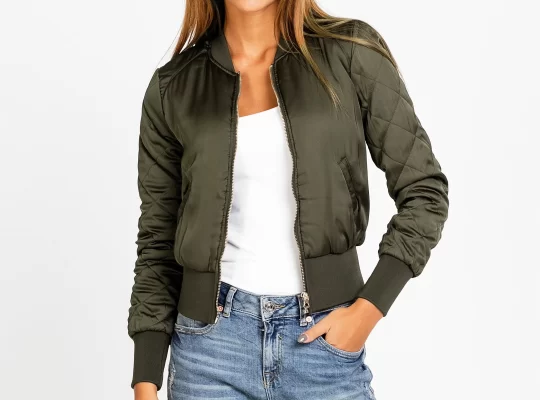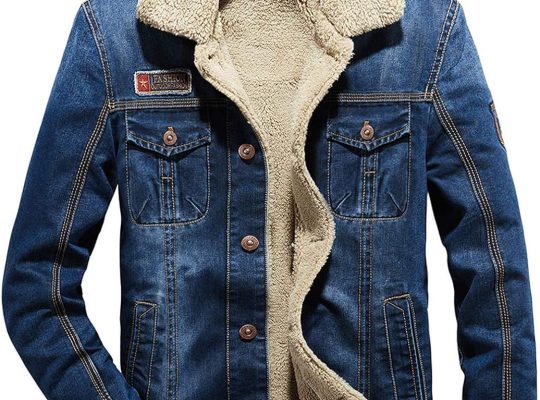From Functional to Fashionable: Exploring the Evolution of Trousers
Trousers, or pants, have played a pivotal role in the evolution of human clothing. From their humble beginnings as a practical garment to protect oneself from harsh weather and environmental conditions, trousers have now become an essential aspect of fashion and personal style. Let us delve into the fascinating journey of how trousers have evolved from purely functional to fashionable.
The earliest form of trousers can be traced back to ancient civilizations such as China, Greece, and Rome. These early trousers were mostly baggy and loose, serving a practical purpose of protecting the legs while working or riding horses. However, as society evolved, so did the purpose and style of trousers. In the Middle Ages, trousers became a symbol of social status, with tighter and more tailored designs worn by the wealthy, while loose and rougher versions were used by the working class. During this time, trousers were also perceived as a gender-specific garment, with women primarily wearing dresses or skirts.
But with the rise of industrialization and the increasing prominence of women in the workforce, trousers took on a new role as a symbol of liberation and equality. It was during the late 19th century and early 20th century that women began wearing trousers in public, often in the form of bloomers or knickerbockers. This sparked controversy and outrage in the conservative society, but it also marked a significant shift in the perception of fashion and gender roles.
As we entered the 20th century, trousers underwent many transformations. They became more tailored, fitted, and formal, with the introduction of the modern suit in the 1920s. During the Second World War, trousers were adopted as part of the military uniform for both men and women, solidifying their practicality and versatility. The 1950s saw the rise of denim jeans, originating from the workwear of western cowboys, now becoming a symbol of rebellion and youth culture.
In the 1960s and 1970s, the counterculture movement and the rise of unisex fashion challenged traditional gender norms, leading to more androgynous and relaxed styles of trousers. This trend continued into the 1980s and 1990s, with the introduction of cargo pants, parachute pants, and other oversized and baggy designs.
Today, trousers are no longer limited to specific genders, social classes, or occasions. They have become a staple in everyone’s wardrobe, available in various designs, fabrics, and styles. We have come a long way from the functional and practical beginnings of trousers to their fashion-forward and versatile forms today. Whether it is a classic pair of black slacks for a formal event or a trendy pair of ripped jeans for a casual outing, trousers have become a fashion statement, reflecting personal style and individuality.
In conclusion, the evolution of trousers mirrors the evolution of our society, constantly adapting and evolving to meet our changing needs and preferences. From a simple and practical garment, trousers have transformed into a symbol of fashion, freedom, and self-expression, making them an essential aspect of our daily lives. So the next time you put on a pair of trousers, remember the long journey they have taken to become the fashionable and functional piece of clothing they are today.








